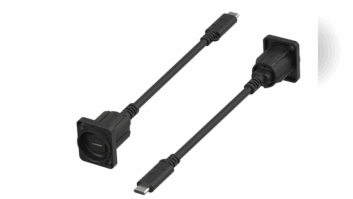VALBONNE, France � The Third Generation Partnership Project (3GPP) has officially ratified the first release of the 5G New Radio standard.
In order to make use of the non-standalone 5G NR specifications, or NSA 5G NR, an operator will have an LTE network with which to anchor its 5G NR carriers for�boosting throughput speeds and cutting network latency, according to rcrwireless.com.
Proponents of the NSA option successfully pushed for an accelerated timeline earlier this year, and they achieved that goal. Mike Thelander, founder and president of Signals Research Group, wrote that the acceleration of NSA 5G NR was in part due to a �perceived threat� of market fragmentation. �Verizon and KT (Korea Telecom) for example, were pursuing initial 5G deployments�with their own set of 5G specifications, thereby forcing their vendors to build solutions which were incompatible with the direction being pursued within 3GPP,� he said, quoted in the same article. �Verizon and KT could have been the tip of the�iceberg if other operators followed in their footsteps. The accelerated schedule eliminated that threat.�
The standalone version of 5G NR with a full end-to-end 5G system, including the core, is expected to emerge around mid-2018.
Let�s take a contrarian view of 5G now � will all the investment be worth it? �In the wildest dreams of wireless engineers, the mobile network of the future controls our cars, lets our refrigerators talk to the grocery store to order more milk, and provides fast, reliable broadband connections to our homes so we can sever ties with cable companies,� according to this article in the San Francisco Chronicle. �But it�s going to cost the mobile-phone companies, chipmakers, device manufacturers and software developers about $200 billion a year in research and capital spending to get to that point, with engineers laboring to work around interference from trees and rain and provide a strong enough signal to handle so much demand.�
Most of the big operators are targeting 2020 for the initial rollout of 5G technology, which promises 10 times faster speeds and lower latency. Wireless carriers� revenues are predicted to grow about 2.5% a year through 2025 � only about half a percentage point more than their growth in the previous five years, according to the same article, and referencing industry group GSMA. It�s not clear that 5G will translate into more revenue until perhaps five or 10 years from now, and new applications like the Internet of Things � may take years to materialize, and may not pay that much.
�







